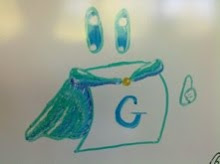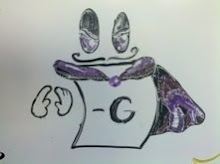Integers is back!
Integers is a conference in combinatorial number theory. Traditionally it's been held every other year on the odd years, but it had to be skipped last year. Integers is a great, low-key conference held at the University of West Georgia. It has an associated electronic journal with no paywalls (so convenient!). It's well run and everyone is very nice. This year, they've moved it up to early October (6th-9th). Here's the official Integers 2016 announcement.
Historically, there's been a contingent of gamesters attending Integers. In 2011, I brought an undergraduate and met many of Richard Nowakowski's students. In 2013, I met Silvia Heubach and Matthieu Dufour.
Unfortunately, I don't know of anyone attending Integers this time around. This is partly due to the number of CGT events popping up. Games@Dal has returned, and CGTC2 will be happening in January 2017 in Lisbon.
If you're planning to go for Combinatorial Games, please comment below (or email me). At this point, it looks like we might not have any gamester attendees.
Jokes from the Audience
5 days ago


